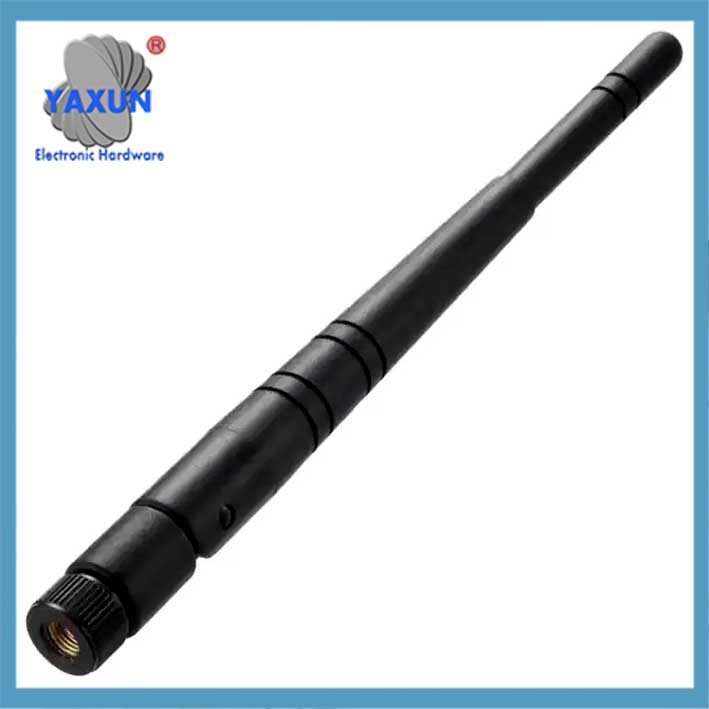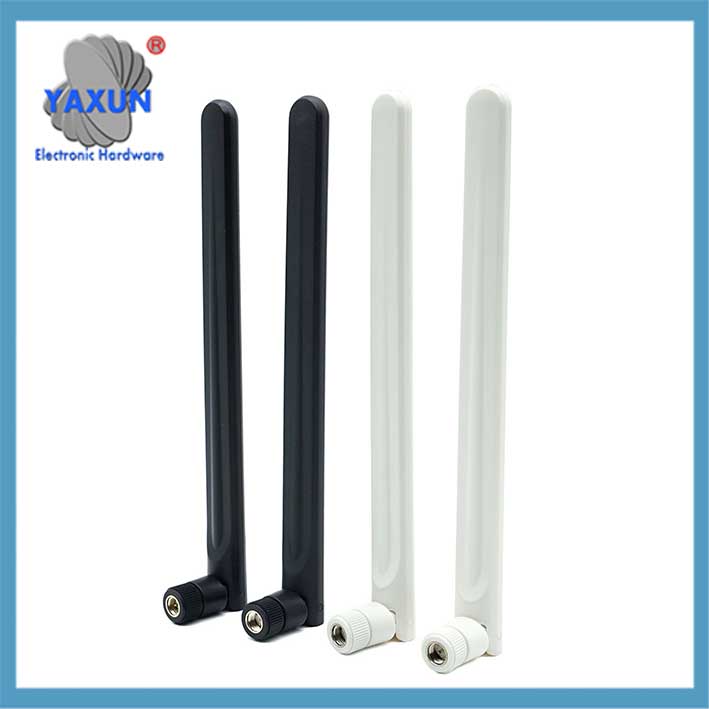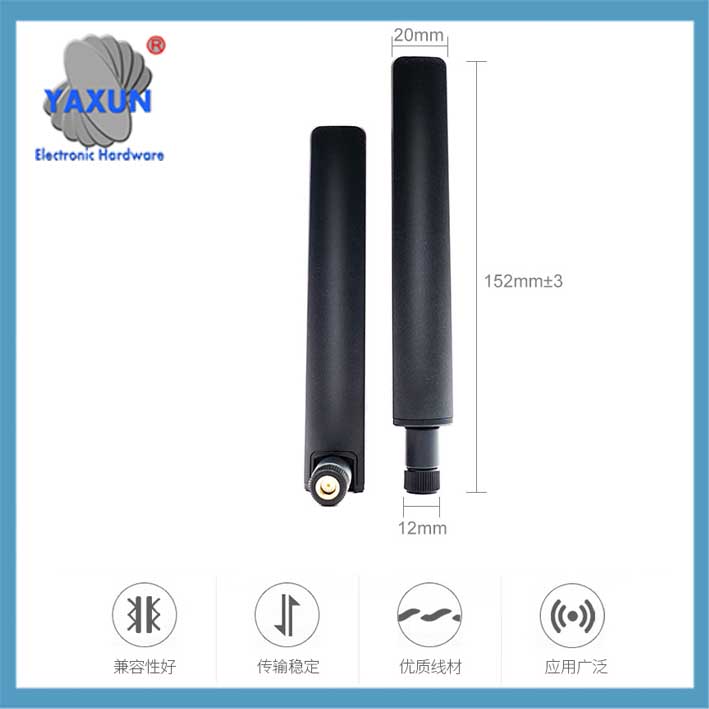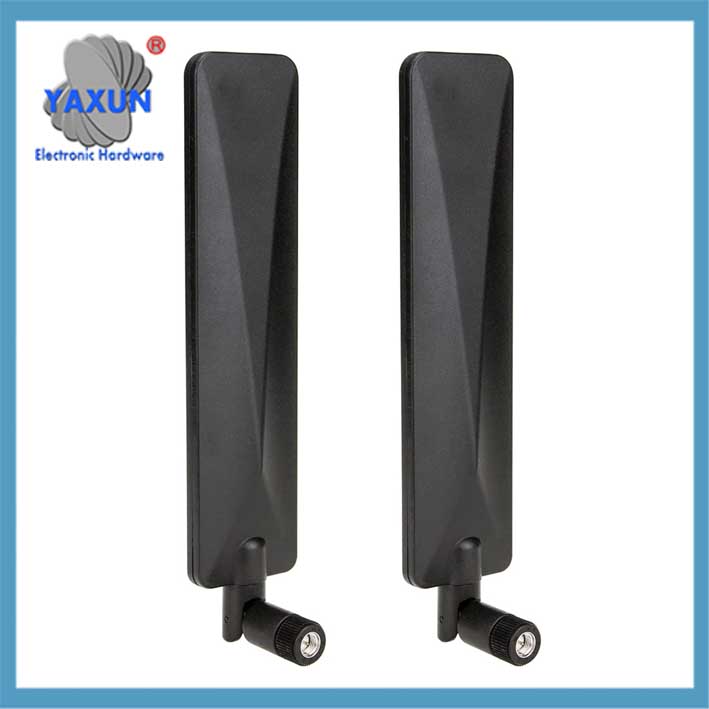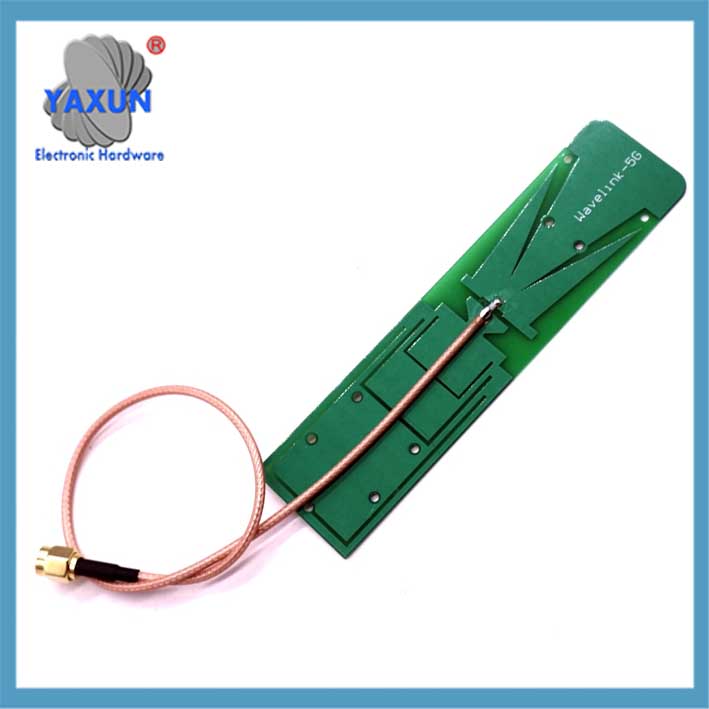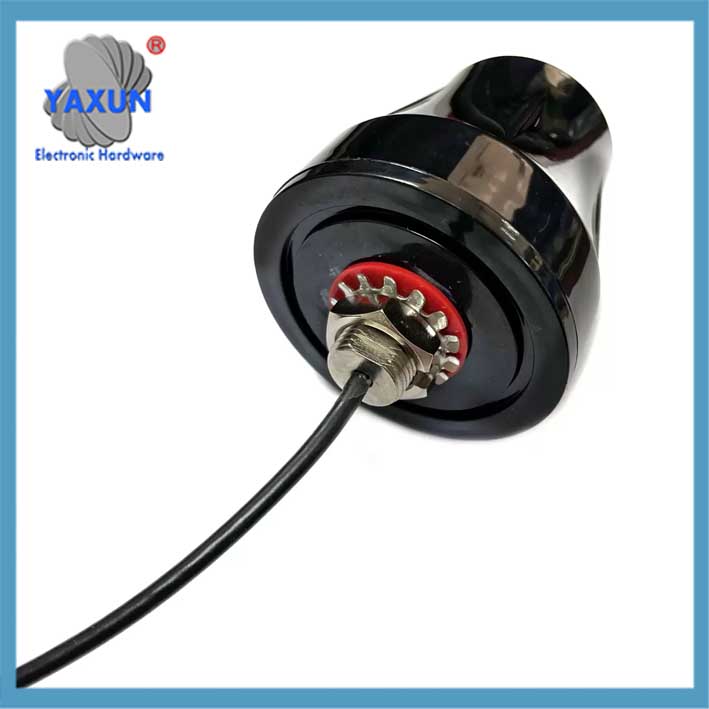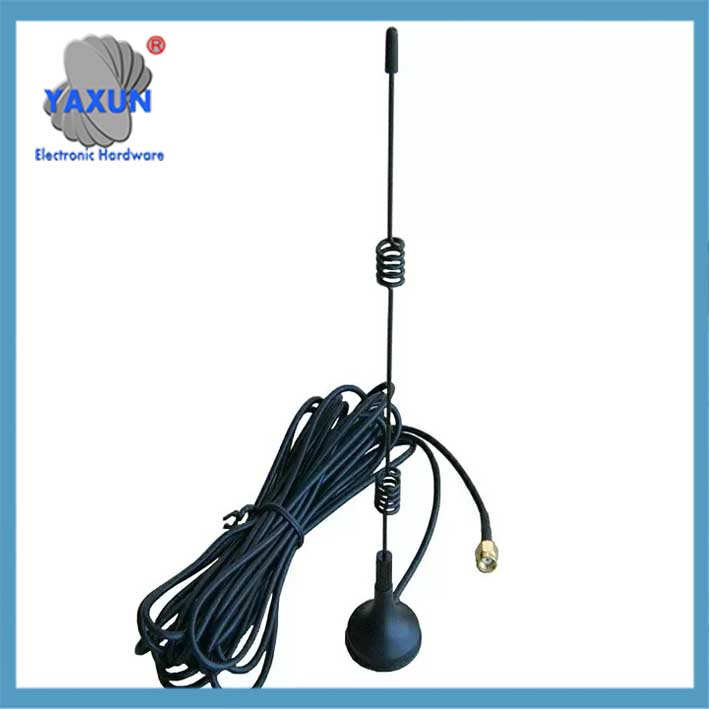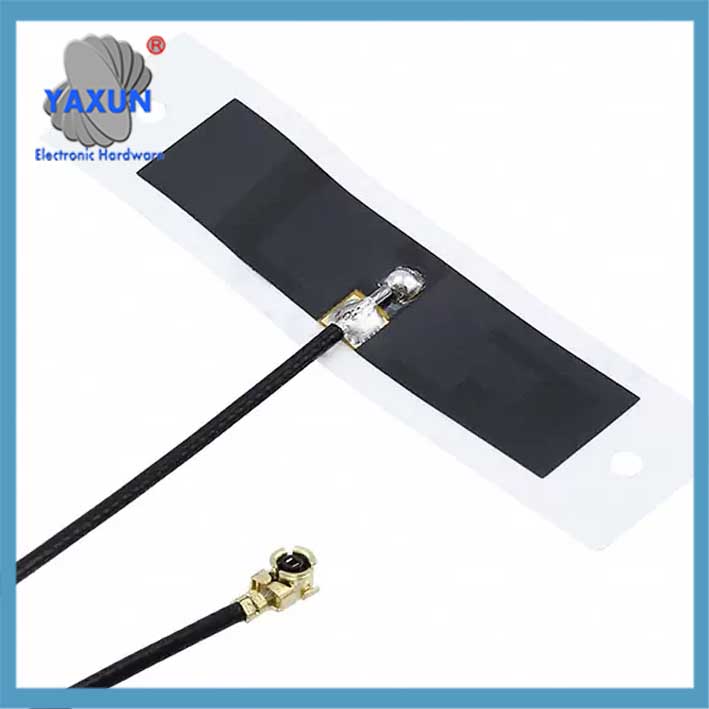Productcategorieën
Productlabels
5G ingebouwd & Fabrikant van staafantenne China
5G -technologie maakt gebruik van antennes, zowel ingebouwd als extern, om draadloze signalen te verzenden en te ontvangen. Ingebouwde antennes zijn geïntegreerd in apparaten zoals smartphones, Terwijl externe antennes zoals staafantennes worden gebruikt voor toepassingen waar een hogere versterking of dekking nodig is. Deze antennes werken door elektromagnetische golven uit te zenden en te ontvangen binnen specifieke 5G -frequentiebanden.
Technical characteristics and industry applications of 5G built-in and rod-shaped antennas
I. 5G built-in antennas
Design and integration optimization
Built-in antennas are mostly in the form of flexible printed circuits (FPC) or PCB boards, and use structures such as planar inverted F-type (PIFA) to achieve compact layout. Bijvoorbeeld, Shenzhen Boges’ 5G built-in FPC antenna group adapts to the internal space limitations of the device through flexible materials, while supporting multi-band coverage.
In the design of Maya Communication’s 5G mobile phone antenna, the multi-frequency function is realized through the U-shaped slot structure, and the coaxial feeding technology is combined to reduce the return loss and enhance the signal matching ability.
 TS9 Antenna 5G 4G 7dBi High Gain with 10 Feet Cable Magnetic Base, External Antenna for Netgear LM1200 |
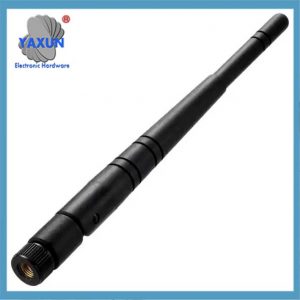 RF -antenne Bluetooth, Wifi, Zweep, Tilt SMA mannelijke connectorbevestiging |
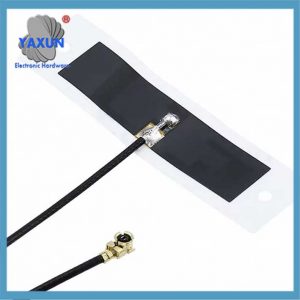 1461530050 2.4GHz, 5GHz Flat Patch Cord RF Antenna |
Functie: Built-in antennas are designed to be compact and efficient, fitting within the confines of devices like smartphones. They typically use techniques like beamforming and MIMO to improve signal quality and range.
Examples: Smartphones, tablets, and other portable devices.
Considerations: Antenna design in small devices requires careful consideration of placement, ground plane, and other factors to ensure optimal performance across different frequency bands and technologies.
Performance Improvement
Shanghai Shengdana’s full-band high-gain 5G antenna achieves full-band coverage and efficiency improvement by symmetrically arranging the mid- and low-frequency band boards and the high-frequency body, while reducing the cost of the reflector.
The size of the built-in antenna of modern smartphones has been significantly reduced with the high-frequency band (GHz) technologie, but it still needs to ensure the efficiency of signal transmission and reception through impedance matching and electromagnetic field optimization.
Application Scenario
Mainly used in smartphones, IoT terminals and miniaturized communication devices, such as the 5G-MIMO antenna solution provided by Shenzhen Boges is suitable for smart wearables and industrial sensors.
III. 5G Rod -antenne
Structure and Material Properties
Rod antennas are mostly external, made of copper tube or fiberglass, and use a quarter-wavelength oscillator design to optimize signal radiation efficiency57. Bijvoorbeeld, Zhongjing Communication’s 5G rubber rod antenna covers the 800-5000MHz frequency band, with a gain of 5dB, suitable for outdoor environments.
Renfeng Electronics’ suction cup antenna combines a waterproof design to support 5G high-frequency band signal transmission and is often used in vehicle or ship communication scenarios.
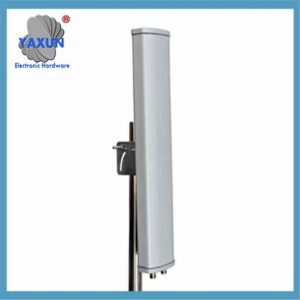 3300-3800MHz 5g panel antenna with 14dBi gain |
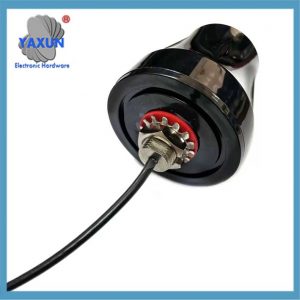 5G Antenna 698-3800MHz Full Band -150dBc Indoor Omnidirectional Ceiling Antenna |
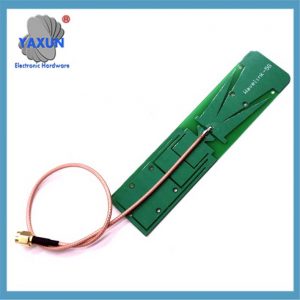 129-33mm 5G built-in PCB high gain antenna |
Rod Antennas (and External Antennas):
Functie:
Rod antennas, also known as pole antennas, are external antennas that can be attached to devices or installed separately. They are often designed to have a higher gain than built-in antennas, allowing them to capture and transmit signals more effectively.
Examples:
Omnidirectional antennas (like those from Cisco) and directional antennas.
Benefits:
Improved signal strength, extended range, and enhanced connectivity in areas with poor 5G coverage.
Low cost and easy deployment
The manufacturing process of rod antennas is mature. Manufacturers (such as Zhongjing Communication) have achieved a unit price as low as 2.66 yuan through large-scale production, and are compatible with a variety of interfaces (zoals SMA).
Users can make their own antennas based on the wavelength formula (300/frequency ÷ 4×0.96), such as using air conditioning copper tubes to make high-power rod antennas to improve signal strength.
Typical Applications
Widely used in routers, base station extension equipment and vehicle communication systems, supporting high-gain demand scenarios (such as long-distance signal transmission).
Used in various applications, including public safety vehicles, fleet vehicles, and IoT applications where space is limited.
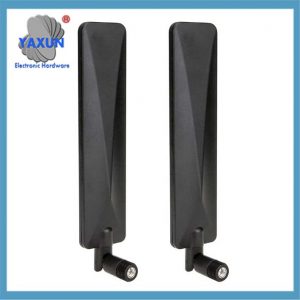 196mm SMA connector paddle 5G glue stick antenna |
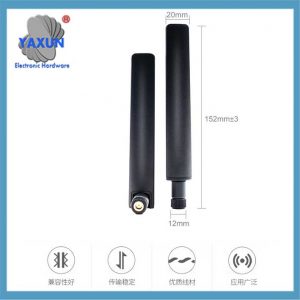 High-Gain Directional 4×4 MIMO Panel Antenna |
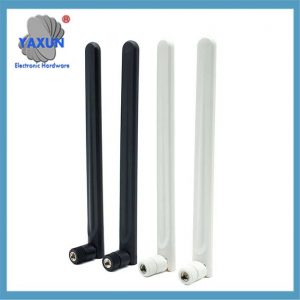 Alles-in-één passieve log-periodieke antenne voor alle 5G 4G LTE-banden |
III. Technical Comparison and Selection Recommendations
| Features | Built-in antenna | Rod antenna |
| Space occupancy | Miniaturization, suitable for compact devices | External installation, independent space required |
| Frequency band coverage | Full-band optimization (including medium and low frequencies)) | High frequency band (such as 5G millimeter wave) enhancement |
| Cost | Medium and high frequencies (customized design required) | Low (standardized mass production) |
| Applicable scenarios | Consumer electronics, IoT terminals | Industrial equipment, vehicle/ship communication |
Full-band optimization (including medium and low frequencies)
Cost
Selection Recommendations: If the device needs to be miniaturized and support multiple frequency bands, internal antennas are preferred; if signal gain and deployment flexibility are emphasized, rod antennas are more advantageous.
Considerations:
Rod antennas may require a direct coaxial wired connection to a modem or router for proper function.
Samenvattend: 5G antennas, zowel ingebouwd als extern, play a crucial role in enabling high-speed, low-latency connectivity. Built-in antennas are designed for compactness, while external antennas offer higher gain and improved coverage in specific situations.
Neem contact met ons op
Wachten op uw e-mail, wij zullen u binnen antwoorden 12 uur met waardevolle informatie die u nodig had.
 English
English العربية
العربية bosanski jezik
bosanski jezik Български
Български Català
Català 粤语
粤语 中文(漢字)
中文(漢字) Hrvatski
Hrvatski Čeština
Čeština Dansk
Dansk Nederlands
Nederlands Eesti keel
Eesti keel Suomi
Suomi Français
Français Deutsch
Deutsch Ελληνικά
Ελληνικά עברית
עברית Magyar
Magyar Italiano
Italiano 日本語
日本語 한국어
한국어 Latviešu valoda
Latviešu valoda Bahasa Melayu
Bahasa Melayu Norsk
Norsk پارسی
پارسی Polski
Polski Português
Português Română
Română Русский
Русский Cрпски језик
Cрпски језик Slovenčina
Slovenčina Slovenščina
Slovenščina Español
Español Svenska
Svenska தமிழ்
தமிழ் ภาษาไทย
ภาษาไทย Tiếng Việt
Tiếng Việt
